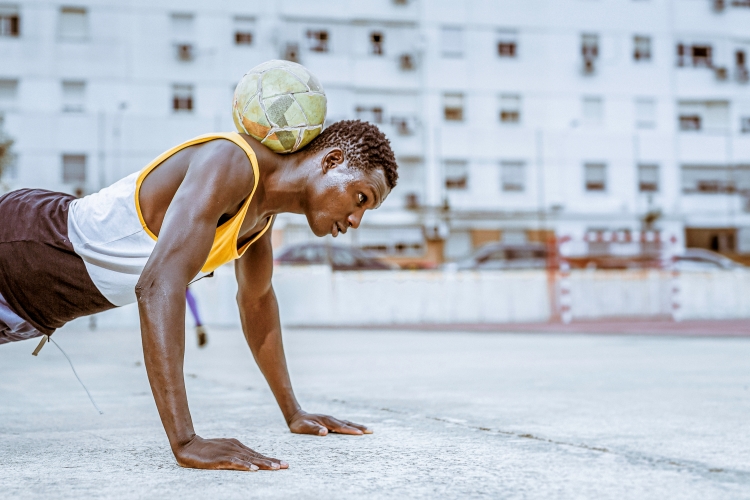What will social design look like in 2023?

by IBRAHIM
What will social design look like in 2023?
As part of our series on design in 2023, Thomas Matthews creative director Leah Harrison Bailey offers her view on social design over the next year.
What do you think social design will look like in 2023?
As designers, we are being challenged to create in a world that is increasingly complex and unstable. It looks like a difficult place for design – with a contracting economy, political upheaval and the cost-of-living crisis – and design services can begin to look particularly superfluous. However, we could see these challenges as opportunities for a different type of design practice. In 2023 social design, which has typically had softly defined edges, must become more mainstream – with designers listening to the needs of users and increasing participation in co-design and realisation of projects. In this recession clients will have their focus doggedly on the bottom line and data and evidence will become essential to prove the value of design. Going straight to users, listening to their needs, and working with them to develop solutions could mean significantly de-risking projects.
I believe we will see technology continue to grow in importance as it gathers and amplifies diverse voices. Technology can support broadening representation amongst all audience groups, especially younger people. However, a note of caution that, with the increasing pressure on cost-of-living, personal digital devices cannot be considered accessible for all, and any design process must consider this at the start.
In 2023 social design will continue to be at the forefront of the battle to create a new narrative that will shape our shared future, and language will be at the heart of this. Social design is intentionally inclusive, and I predict 2023 will see designers, practitioners and participants continue to consider language, and its positive or negative impact in making change.
I hope that 2023 will see the planet become a participant. Continuing the trend set by organisations like Patagonia Client Earth, social design and its processes can help design for, and with, society in a way that is more intentional, more equitable, and can be more successful than business-as-usual.
What was your favourite social design project of 2022 and why?
I’d like to share two projects with you. The first is the brilliant Make Space for Girls who campaign and co-design facilities and public spaces for teenage girls. Girls are rarely asked what they might want in public spaces, and most councils have spent more time and money on facilities for dog waste than they have for teenage girls. Parks, play equipment and public spaces are currently designed with skate parks, football pitches and multi-use game areas – essentially default male. This absence of spaces for girls has important implications for how active they are, for their health in later life, and for how they see themselves as belonging in public.
I’d also like to add a shout out to a personal project by my colleague Tamara Piña to revive her childhood basketball court in Cadiz, a truly community-centric project from the heart.
Banner image of the basketball court in use by Melody Picazo
Recommended Posts

NB invites local designers centre stage for Vineyard Theatre rebrand
February 24, 2023

“AI revolution” will change way design studios look within three years
February 24, 2023

Rbl rebrands ZSL with ecosystem-inspired identity
February 23, 2023


